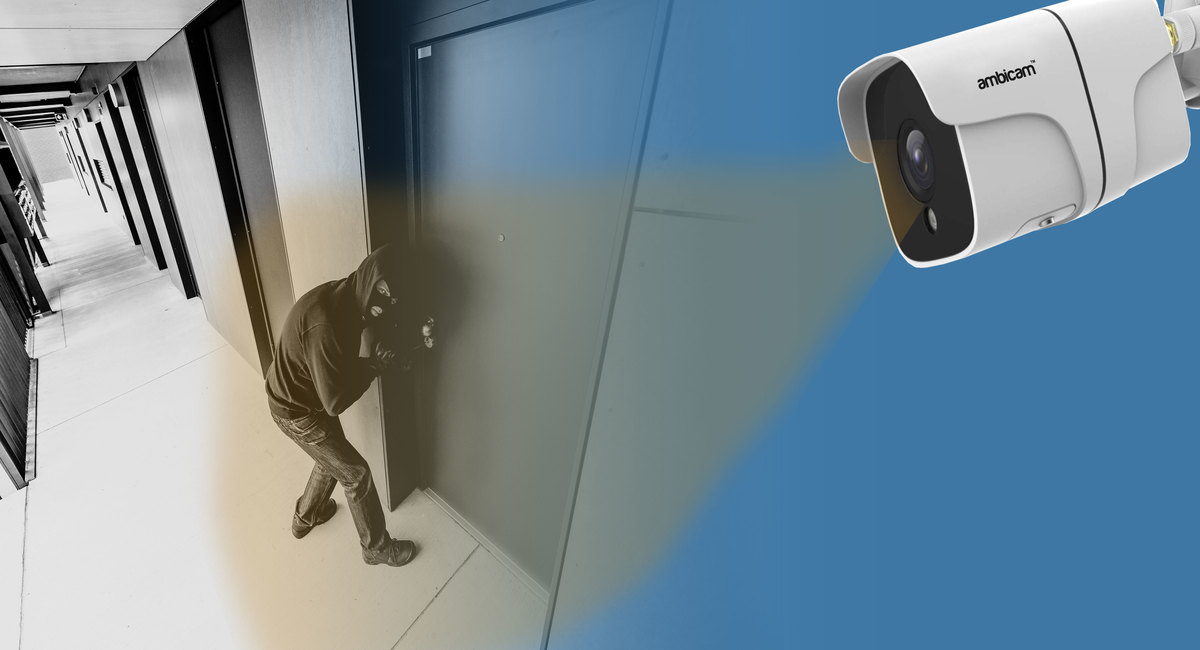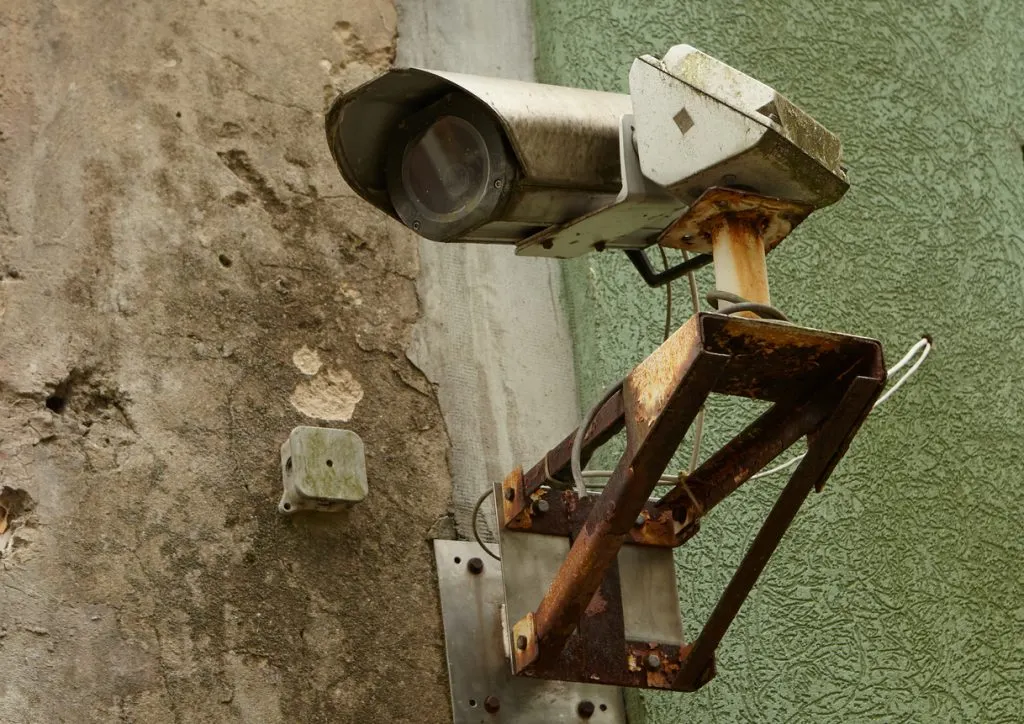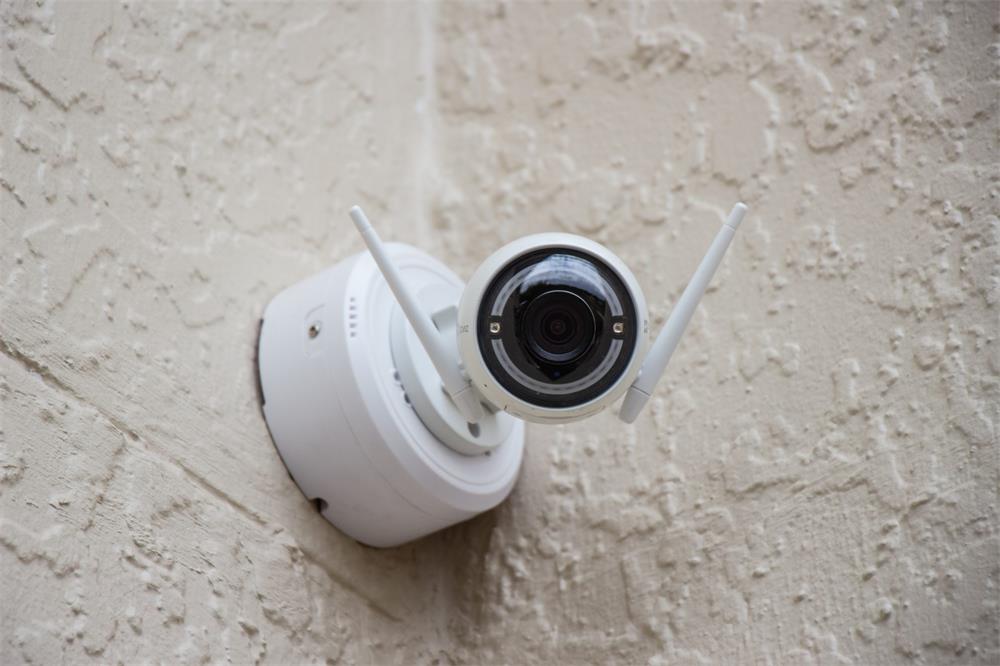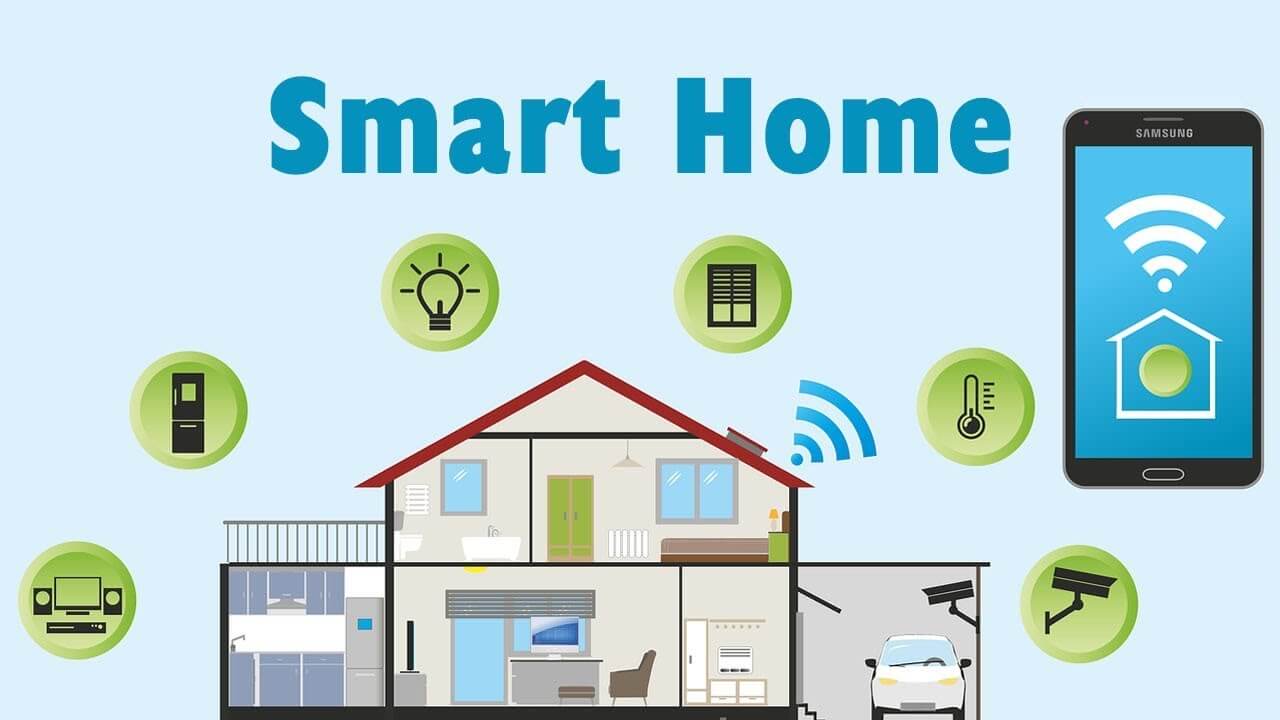Contents
The importance of Cybersecurity for Homeowners
With the increasing reliance on digital technology in our daily lives, cybersecurity has become a crucial aspect that we can no longer ignore. As homeowners, it is essential to understand the risks associated with cyber threats and take proactive measures to ensure our homes and personal information are secure.
One of the primary reasons for this is that cybercriminals have shifted their focus from traditional targets like large corporations to individuals such as homeowners. This shift has been driven by a combination of factors, including increased awareness and security measures implemented by larger organizations.
Unfortunately, many homeowners do not realize the potential risks they face or how vulnerable their devices are until it’s too late. Whether it’s identity theft, financial loss or even physical harm, cybersecurity breaches can have severe consequences that can impact our lives in numerous ways.
Purpose of the Article
The purpose of this article is to provide homeowners with an overview of the top 10 cybersecurity threats they may face in 2023 and offer practical solutions on how to mitigate these risks. By being proactive about cybersecurity, we can protect ourselves from becoming easy targets for cybercriminals looking for vulnerabilities in our devices. This article will explore various types of cyber threats such as phishing scams, ransomware attacks, IoT vulnerabilities and social engineering attacks targeting homeowners.
We aim to educate readers on what these threats are and provide tips on how they can protect their homes and personal information from being exploited by malicious actors. Furthermore, we hope this article will raise awareness about the importance of cybersecurity among homeowners who may not be aware of the risks associated with digital technology.
By providing detailed insights into common cyber threats faced by homeowners today, we hope to help readers develop a better understanding of what they need to do to keep their devices safe from harm. As technology continues to advance at an unprecedented rate, so do the risks associated with cybersecurity.
Homeowners must be aware of these risks and take proactive measures to protect their homes, personal information and loved ones from potential harm. This article aims to provide homeowners with a comprehensive guide on the top 10 cybersecurity threats they may face in 2023, and how they can mitigate these risks by implementing simple yet effective security measures.
Phishing Scams: The Ultimate Deception
Cybersecurity has become an increasingly important topic for homeowners, especially with the rise of cybercrime and the increased use of technology in our daily lives. One of the most common cybersecurity threats that homeowners face today is phishing scams.
Phishing scams are a type of social engineering attack where cybercriminals try to trick you into giving them sensitive information such as login credentials, credit card numbers, or other personal details. They accomplish this by sending you an email, text message, or social media message that appears to be from a legitimate source like your bank or a popular online retailer.
These messages often contain urgent requests for you to take action such as clicking on a link or downloading an attachment. Once you do so, you unknowingly give the cybercriminal access to your personal information which they can use to steal your identity or commit fraud.
One common phishing scam that targets homeowners is the “Your Account Has Been Compromised” scam where they claim that someone has hacked into your account and urge you to log in immediately to change your password. Another popular phishing scam is the “Free Gift Card” scam where they claim that you’ve won a gift card from a well-known retailer and ask for your personal information in order to claim it. To avoid falling victim to phishing scams, it’s important that homeowners stay vigilant when it comes to their online activities.
Some tips include verifying the sender’s email address before clicking on any links or downloading attachments, looking out for spelling errors or grammar mistakes within the message (which are telltale signs of phishing), avoiding public Wi-Fi networks when accessing sensitive information online and updating anti-virus software regularly. In addition, never give out any sensitive information unless you initiated contact with the person/organization asking for it (such as calling customer service directly) and check if there have been reports about similar scams recently.
If you have any doubts about the legitimacy of a message, contact the company or organization directly through their customer service channels to verify if it’s legitimate. By remaining vigilant and being aware of tactics used by cybercriminals in phishing scams, homeowners can protect themselves from this common cybersecurity threat.
The Dangers of Ransomware Attacks
One of the most insidious threats that homeowners face in terms of cybersecurity is a ransomware attack. A ransomware attack is a type of malware that essentially takes over your device or network, locking you out until you pay a ransom to the attacker. These attacks have become increasingly common in recent years, with cybercriminals using them to extort money from individuals and businesses alike.
Real-Life Examples
There have been numerous high-profile cases of homeowners falling victim to ransomware attacks in recent years. One notable example is the case of a family in Florida who had their home security cameras hacked by cybercriminals. The attackers were able to access not only the camera footage but also other devices on the homeowners’ network, including their thermostat and sound system.
In another case, hackers targeted an Ohio family’s smart TV, using it as a conduit to access other devices in their home and demand a ransom payment. The family was forced to disconnect all their devices from the internet for fear that they would be compromised by the attackers.
Preventing Ransomware Attacks
The best way to protect yourself against ransomware attacks is to take proactive measures to secure your devices and network. Some key steps include: – Keep your software up-to-date: Software updates often include security patches designed to address vulnerabilities exploited by attackers.
– Use strong passwords: Avoid simple or easily guessable passwords, and consider using password management tools. – Be cautious with email attachments: Be wary of opening attachments or clicking links in emails from unknown or suspicious sources.
– Use antivirus software: Antivirus software can help detect and prevent malware infections before they can do significant damage. – Back up your data regularly: If you do fall victim to a ransomware attack, having backups of your data can make it easier to recover without paying the ransom.
By taking these steps, you can significantly reduce your risk of falling victim to a ransomware attack. Remember, prevention is key when it comes to cybersecurity – don’t wait until it’s too late to take action.
The Invisible Threat: IoT Vulnerabilities
Every year, more and more devices in our homes are becoming connected to the internet. From smart thermostats to security cameras, we are creating a network of devices that can communicate with each other.
This is known as the Internet of Things (IoT). While convenient, IoT devices also pose a serious threat to our cybersecurity.
Explanation of IoT Devices and Their Vulnerabilities
IoT devices are often designed with convenience in mind rather than security. They often have weak default passwords or don’t require users to create a strong password during setup. Many IoT devices also lack essential security features such as encryption or two-factor authentication.
In addition, many homeowners fail to update their IoT devices regularly. This means that vulnerabilities discovered by hackers can remain unpatched for months or even years, leaving your home network open to attack.
Examples of How Hackers Can Exploit IoT Devices in a Home Network
One way hackers can exploit vulnerable IoT devices is through botnets. A botnet is a collection of infected devices that work together without the owner’s knowledge to carry out attacks such as DDoS attacks or spamming campaigns. Your smart thermostat may seem harmless on its own, but when it becomes part of a botnet it can be used to launch massive cyberattacks.
Hackers can also use compromised IoT devices as an entry point into your home network. Once they gain access to one device, they may be able to move laterally through your network and access sensitive data stored on other connected devices such as computers or smartphones.
Tips on Securing Your Home Network against IoT Vulnerabilities
The good news is that there are steps you can take to secure your home network against these types of attacks. First, always change the default password on your IoT devices to a strong, unique password. Enable two-factor authentication wherever possible.
Regularly update your IoT devices to ensure that any known vulnerabilities are patched. If you have older devices that are no longer receiving updates from the manufacturer, consider replacing them with newer, more secure models.
You can also segment your network to isolate your IoT devices from other sensitive devices such as computers or smartphones. This way, even if one device is compromised, the hacker won’t be able to access all of your data.
Always be vigilant for signs of unusual activity on your network such as slow internet speeds or strange device behavior. If you suspect that one of your devices has been compromised, disconnect it from the network and seek professional help in removing any malware or viruses.
Conclusion
The Internet of Things has brought incredible convenience to our homes, but it’s important to remember that it also brings new cybersecurity risks. By taking proactive steps to secure our IoT devices and home networks, we can enjoy the benefits of connected living without sacrificing our privacy and security.
Social Engineering Attacks: Don’t Be Fooled
Cybercriminals use social engineering tactics to trick homeowners into giving away sensitive information. Social engineering attacks use manipulation, deception, and psychological techniques to persuade people to provide private information or perform actions that compromise their security. These attacks come in many forms such as phone scams, phishing emails, or fake customer support.
The Common Tactics of Social Engineering Attacks
The most common social engineering tactics are impersonation, urgency, and fear. Impersonation involves pretending to be someone you trust or an authority figure like a bank representative.
Urgency creates a sense of emergency that causes the homeowner to act quickly without thinking things through properly. Fear uses scare tactics that make people believe that their safety or reputation is at risk.
In a phone scam attack for example, the attacker may impersonate an IRS agent and claim that the homeowner owes back taxes and will face jail time if they don’t pay immediately. The attacker could then use urgency by threatening the homeowner with immediate arrest unless they provide payment with a prepaid card right away.
Tips on How To Protect Yourself from Social Engineering Attacks
The following tips can help you protect yourself from social engineering attacks:
1) Be wary of unsolicited requests: Always be suspicious of unsolicited calls or emails requesting personal information.
2) Verify requests: Double-check all requests for personal information by contacting the organization directly via their official website or phone number.
3) Don’t share too much online: Be cautious about sharing personal information online like your address, date of birth, mother’s maiden name, etc.
4) Use complex passwords: Create strong passwords for your accounts using uppercase and lowercase letters, numbers and symbols.
5) Keep software updated: Keep all your software up-to-date to ensure that any known vulnerabilities have been patched up. Social engineering attacks are becoming increasingly sophisticated so it is important to stay informed and be vigilant.
Remember to always question the authenticity of any requests for personal or financial information and be cautious of unsolicited requests. By following these tips, homeowners can protect themselves from the threat of social engineering attacks.
Malware Infections
What are Malware Infections?
Malware, short for malicious software, is a type of software designed to harm your computer or steal your sensitive data. There are various types of malware infections, including viruses, Trojans, worms, spyware, adware and ransomware.
These infections can be introduced through emails or downloads from untrusted sources. Once the malware infects your device(s), it can cause serious harm to you and your family’s personal information.
The Types of Malware Targeting Homeowners’ Devices
One of the most common types of malware is a virus. A virus is a program that replicates itself by attaching to other programs or files on your device. It can spread throughout your system quickly and cause irreparable damage if not caught early enough.
Another type of malware that often targets homeowners’ devices is ransomware. Ransomware attacks involve encrypting all the data on an infected device and demanding payment from the victim in exchange for the decryption key.
This type of attack can be particularly devastating because it often targets personal photos and other irreplaceable data. Spyware is another type of malware that often targets homeowners’ devices.
As the name suggests, spyware works silently in the background to gather data about you and send it back to its creators. This data can include everything from browser history to login credentials and credit card numbers.
Tips for Preventing Malware Infections
To prevent malware infections in your home network, make sure you keep all devices up-to-date with security patches and updates regularly released by manufacturers. Install antivirus software on all devices connected to your network as an added layer of protection against these threats.
It’s also important to be cautious when opening emails or downloading files from unknown sources online as these are common ways that malware can be introduced into your home network. Never click on links or download attachments from unfamiliar sources as they can often contain malicious software.
Furthermore, avoid downloading and installing pirated software as they can often contain malware. When possible, only download from official app stores or reputable websites.
To protect against ransomware attacks, keep backups of important files and data stored separately from the devices themselves. This way, if your device is infected with ransomware, you still have access to your critical files.
Overall, staying vigilant when it comes to cybersecurity threats is key to protecting yourself and your family’s personal information. By taking proactive measures to prevent malware infections in your home network, you can minimize the risk of falling victim to these types of cyber threats.
Cybersecurity Threat #6: Insider Threats
The Danger Within
Insider threats are one of the most dangerous cybersecurity threats for homeowners as they involve someone who already has access to your home network. It could be a family member, friend, or even a contractor who has access to your network to perform remote work. Insider threats can cause serious damage as they often have more access than an external hacker.
They can steal sensitive data, install malware, or even sabotage your entire home network. One way to prevent insider threats is by limiting the number of people with access to your home network and devices.
Regularly changing passwords and avoiding sharing them with anyone except trusted individuals is also crucial. Additionally, make sure you have strong anti-malware software installed on all devices connected to your home network.
Conclusion and Optimistic Spin
Cybersecurity threats are becoming increasingly prevalent for homeowners as technology continues to advance. While it’s impossible to eliminate all risks entirely, taking preventative measures can significantly reduce the likelihood of becoming a victim of cybercrime. Being aware of the top 10 cybersecurity threats facing homeowners in 2023 is an important step towards safeguarding your home network and personal data.
By staying vigilant and proactive in implementing security measures such as strong passwords, regular updates, and anti-malware software, you can significantly mitigate risks. Remember that prevention is always better than cure when it comes to cybersecurity.
By taking action now, you’ll be able to enjoy peace of mind knowing that you’ve done everything possible to protect yourself from cyber-attacks. – stay informed about emerging cyber threats and take steps today for a safer tomorrow!











